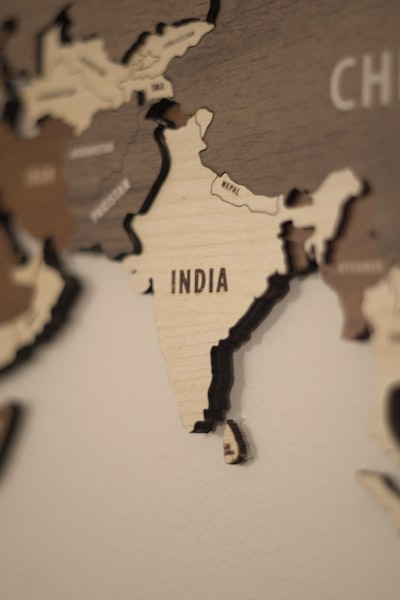Summary
Indian Prime Minister Narendra Modi's upcoming five-nation tour—Ghana, Namibia, Brazil, Argentina, and Trinidad & Tobago—will be heavily focused on securing supply agreements for critical minerals. Triggered by China's tightening control over rare earth exports, especially magnets vital for high-tech industries, India is seeking to diversify its mineral sources through direct partnerships and mining concessions, notably via state-owned enterprises.
Analysis
The urgency of Modi’s diplomatic mission is rooted in the global scramble for critical minerals that power smartphones, electric vehicles, and green technologies. China’s export controls exemplify the growing weaponization of supply chains, leveraging market dominance to exert geopolitical pressure. For India, which is rapidly industrializing and positioning itself as a manufacturing hub, supply disruptions threaten not only economic growth but broader strategic ambitions, such as 'Make in India' and clean energy transitions.
India’s outreach to Latin America and Africa is both pragmatic and telling: these regions hold untapped mineral reserves and are often overlooked in the West-dominated minerals market. However, such partnerships are not merely transactional. They raise questions about transparency, local environmental impacts, and the risk of replicating neocolonial extraction patterns.
Public statements from Indian officials emphasize progress, but the article’s brevity leaves gaps: How sustainable are these deals? What bargaining power do host countries possess? What safeguards exist for local communities and ecosystems?
Discussion
This mineral diplomacy is emblematic of a broader shift: as clean technology booms and great-power rivalries intensify, critical resources—once afterthoughts—are central to foreign policy. India's efforts echo similar moves by the U.S., EU, and Japan, all seeking to break China's stranglehold on rare earths. Yet, by looking to Global South partners, India could foster a more multipolar, and potentially equitable, minerals market—if approached with care.
The topic matters because it sits at the intersection of geopolitics, global development, and the technologies shaping the future. Will India’s approach simply replace Chinese dominance with Indian influence, or will it model a new, more mutualist resource engagement? Can the environmental costs be mitigated, or will the green transition create fresh sacrifice zones?
Ultimately, these stories—often obscured by the technical jargon of supply chains—are about who gets to innovate, who pays the price, and how nations can safeguard their sovereignty in a resource-hungry world. As the scramble for minerals accelerates, the choices made now are likely to reverberate for years to come.

Comments
No comments yet. Be the first to comment!